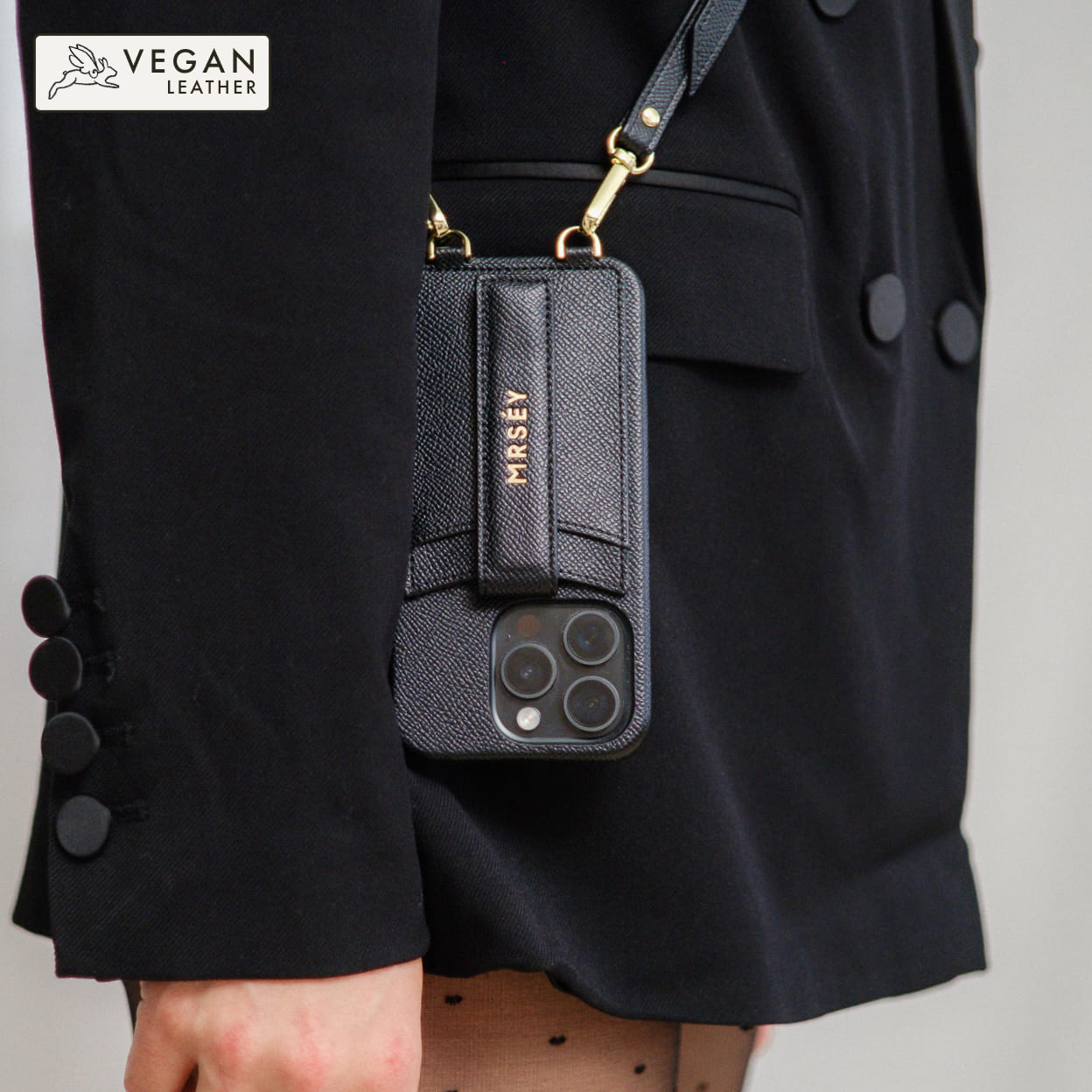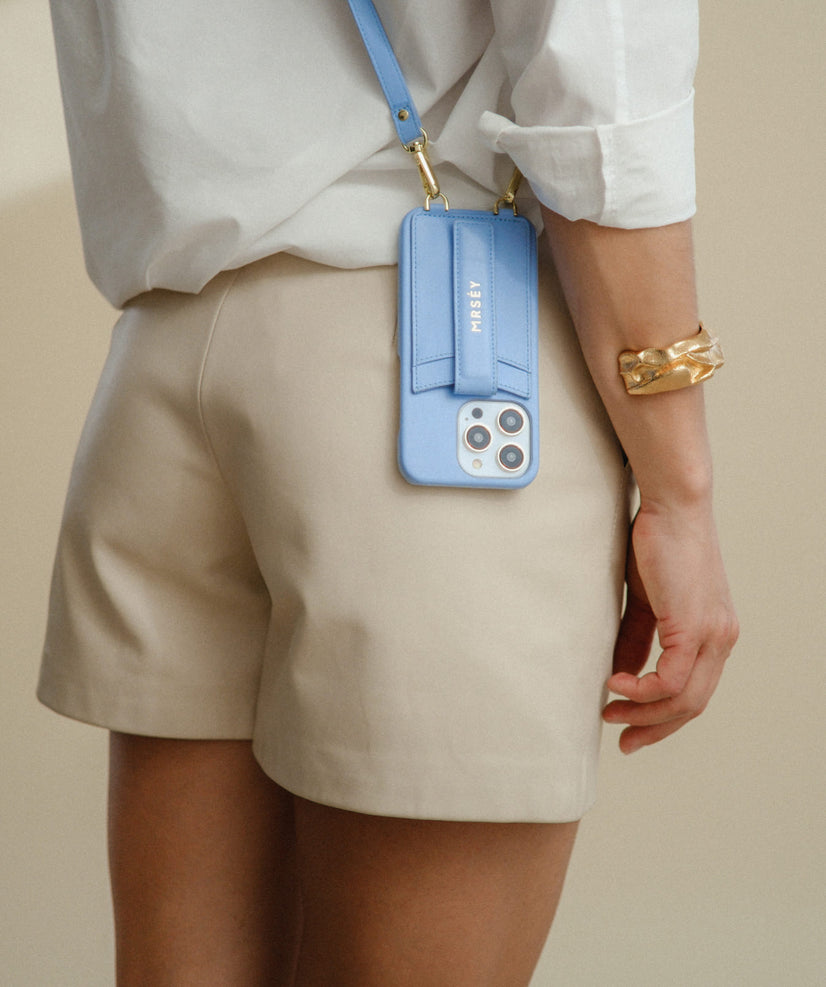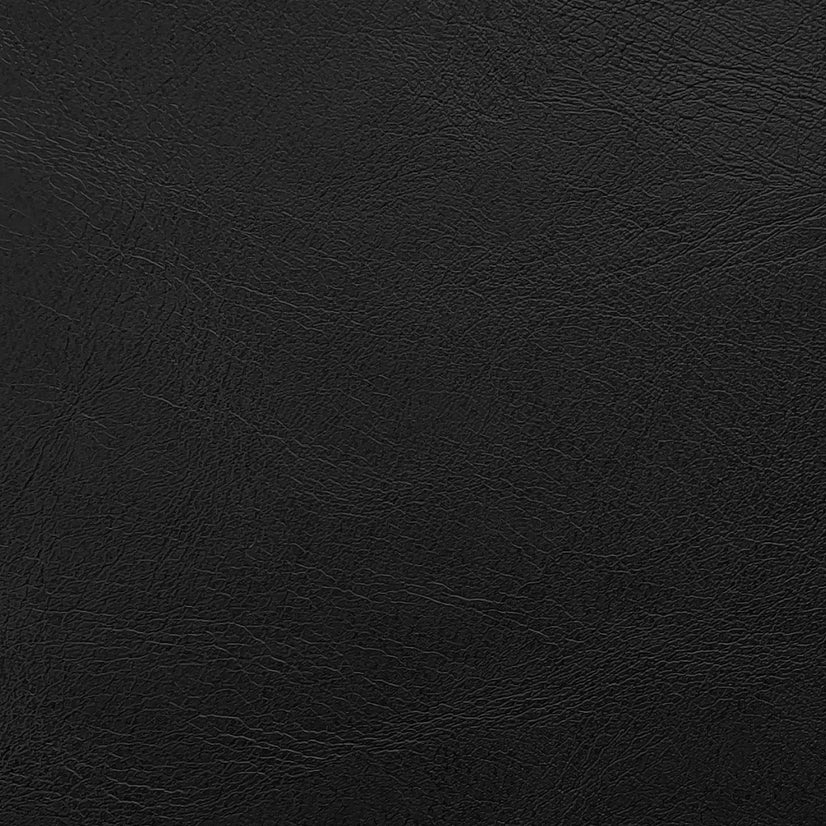
Lambskin
Fancy a wild guess what our lambskin grain is based on? Correct! We took inspiration from lambskin nappa. Thanks to its smooth surface, the lambskin look suits intense, seasonal colours particularly well. They can be the star of the show without any distraction from a pattern throwing shade.
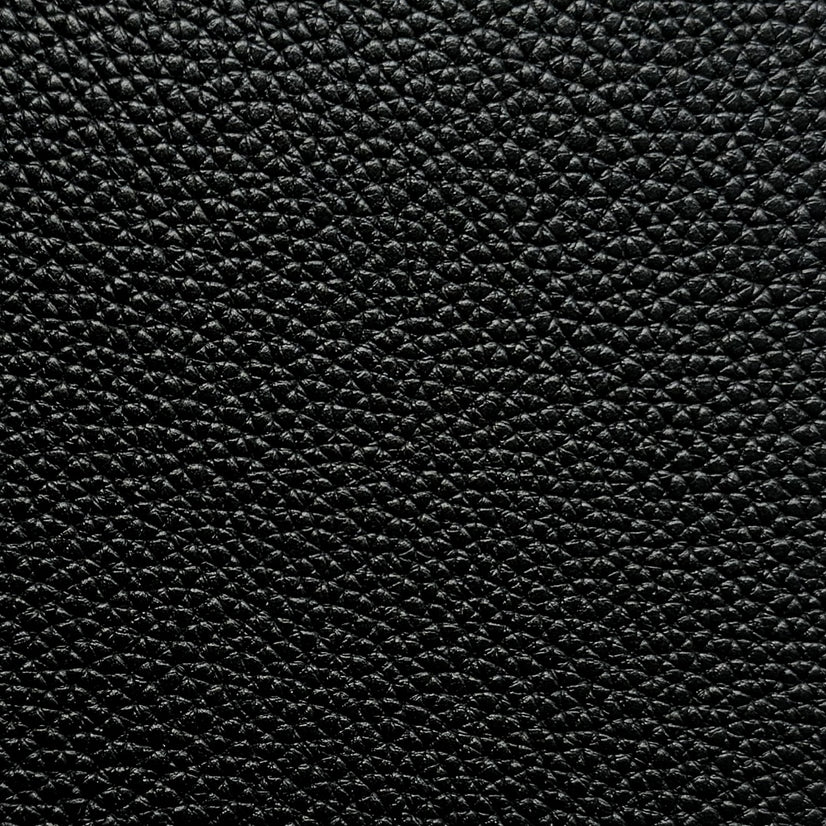
Pebbled
Pebbled leather looks exactly like you would imagine. In keeping with classic cowhide leather, it has a finely structured surface. Thanks to its classic look, major bag designers like to use pebbled leather for their casual lines, hobo bags and softly constructed shapes. It's considered particularly feminine because it's very soft and cascades particularly beautifully.
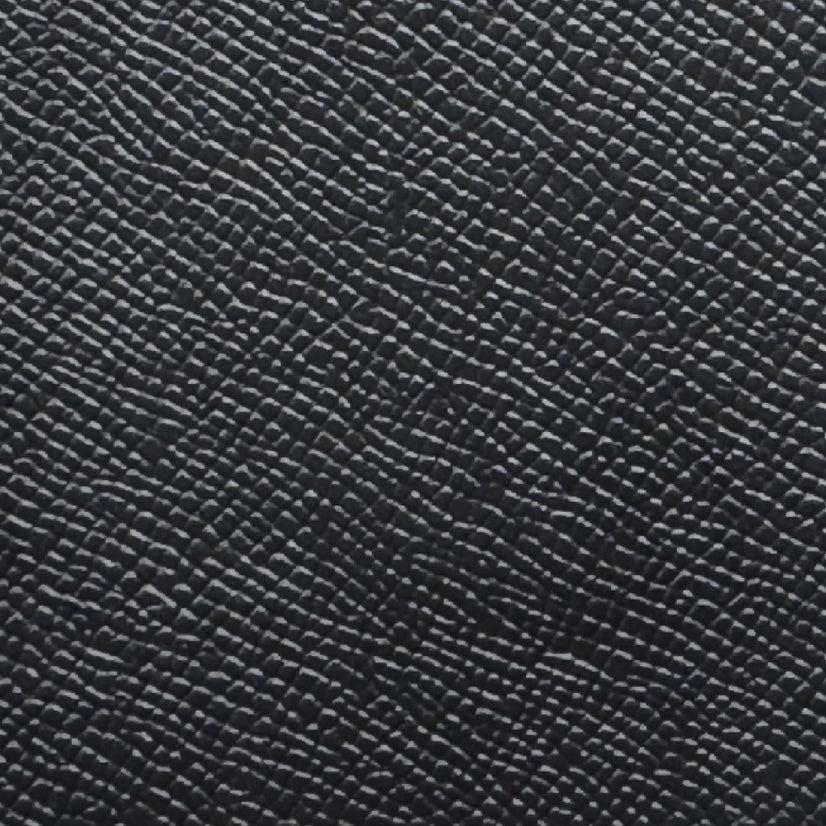
Saffiano
Even in the case of genuine leather, Saffiano is not a natural grain. It's an artificially embossed surface structure that is hardened with the help of varnish. Its characteristic cross-hatch pattern was originally developed by Prada but gradually other brands have been coming up with their own relief prints.
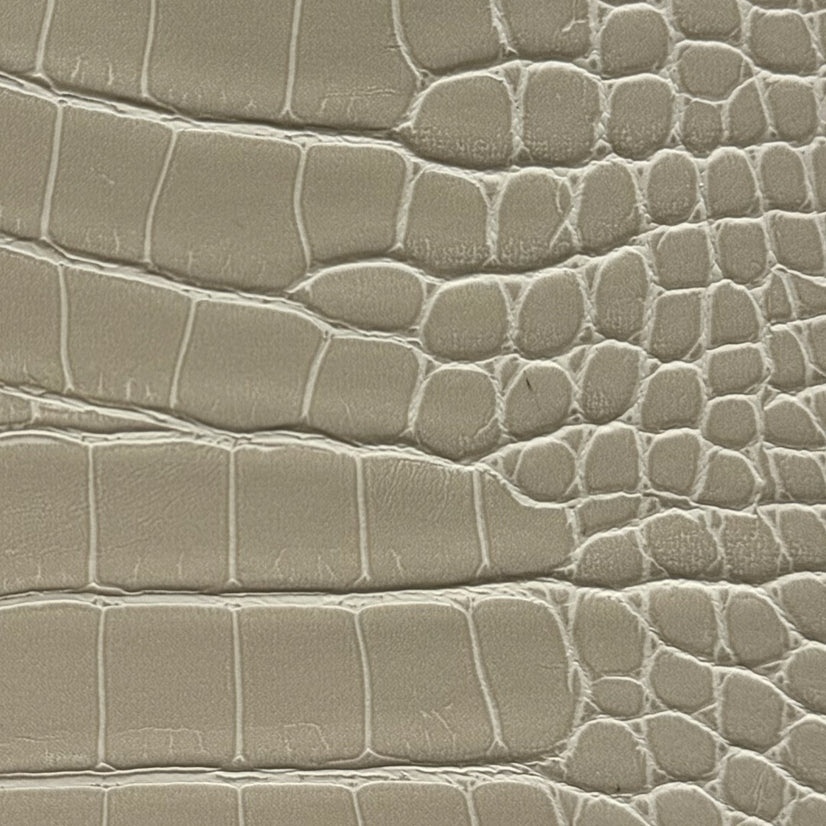
Croco
Yep, the croco grain imitates the natural texture of crocodile leather. And if you like things a little more eye-catching, the croco grain is the right choice for you. The imitation of the different sized skin plates, the contrast of shiny and matt and the different colour-shades will bring plenty of movement to your look.
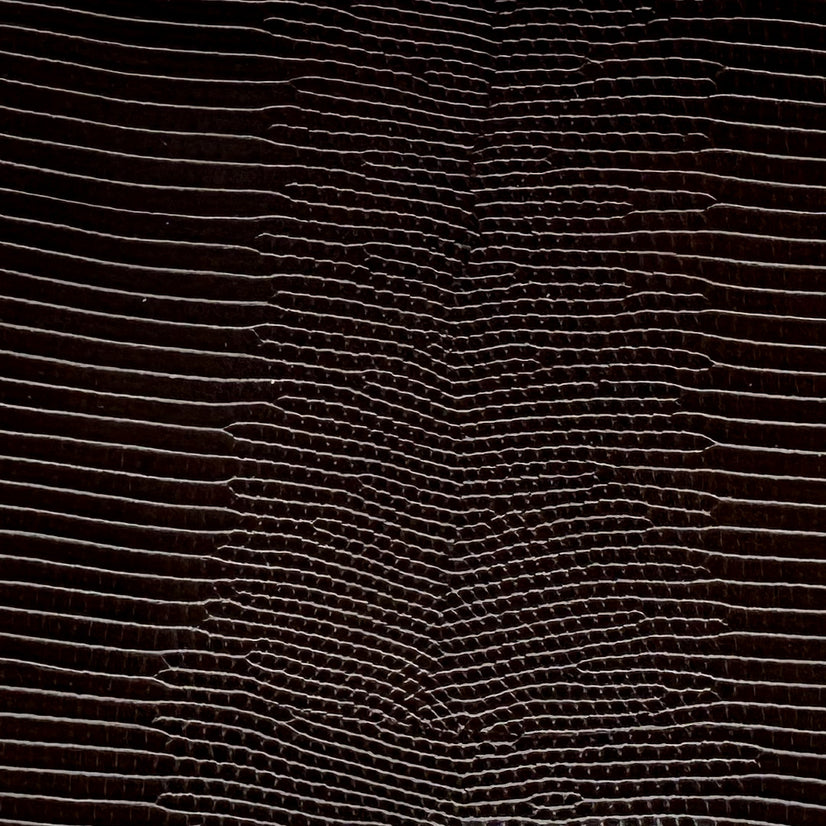
Lizard
Inspired by nature, the different sizes of a lizard's scales give this grain particular depth and elegance. In contrast to croco, the lizard structure looks a little more graphic and is ideal to add a unique depth to subtle colours. Particularly edgy, it gives classic, supposedly boring shades that certain something.


